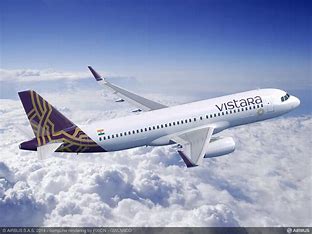Transport and Commercial Pilots' License tenure increased from five years to ten years
The official notification of the amendment to the 1937 Aircraft Rules in the Gazette on October 10, 2023, will signal a significant change in how the aviation industry promotes ease of doing business and ensures safety and security. With the modification to the 1937 Aircraft Rules, this is a Significant Step towards strengthening aviation safety and business efficiency in aviation regulation.
The 1937 Aircraft Rules Amendment is the product of in-depth discussions with industry stakeholders with the goal of supplying the required reform measures to reinforce the already-existing regulatory safety and security framework. These changes bring India's aviation laws into compliance with the Standards and Recommended Practises (SARPs) of the International Civil Aviation Organisation (ICAO) and global best practises. Some of these changes have already been announced in a Gazette Notification dated April 13, 2023, which amends the 1994 Aircraft (Demolition of Obstructions Caused by Building and Trees, etc.) Rules.
The change of Rule 39C is one of the Amendment to the Aircraft Rules, 1937's standout features. The Airline Transport Pilot Licence (ATPL) and Commercial Pilot Licence (CPL) holders' licences' validity has been extended with this change from five to ten years. This modification should make the licencing procedure more simplified and effective for pilots as well as aviation authorities like the DGCA.
The Amendment to Aircraft Rules, 1937 includes significant amendments to Rule 66 that address issues with the use of "false lights" close to aerodromes. The term "light" is defined in this update to include lantern lights, wish kites, and laser lights. The area around an airfield within which the government has jurisdiction over those who display such lights has increased from 5 kilometres to 5 nautical miles. Furthermore, it is made clear that the government has the power to take legal action against those who display lights that interfere with an aircraft's safe operation or endanger the crew. The government is authorised to enter the area and put out the lights if they go unattended for 24 hours.The incident must also be reported to the appropriate police station so that legal action can be taken in accordance with the Indian Penal Code (IPC). The airport or aircraft operator is required to immediately report the event to the neighbourhood police station, starting possible criminal procedures, if the source of the detected light cannot be determined or if it changes locations.
Rule 118 for foreign licence validation has also been eliminated since it was unnecessary. With this modification, the regulations will now be in line with the changing requirements of the aviation industry.
Additionally, Schedule III now includes a provision to relax the competency and recency standards while nevertheless guaranteeing ongoing competence for holders of the Air Traffic Controller Licence. Air Traffic Controller licence holders must conduct a minimum of 10 hours of simulated exercises, including emergencies. This adjustment provides additional flexibility to address circumstances with limited movements or watch hours. After starting these workouts, participants must complete a skill evaluation for their appropriate rating within ten straight days.
These changes to the 1937 Aircraft Rules mark a significant advancement in the improvement of aviation security, safety, and ease of doing business in India.These changes will support the aviation sector's expansion and long-term viability, ensuring that it continues to set the bar for international aviation norms.


